Anti-missile project for intercepting hypersonic weapons Glide Phase Interceptor (USA)
The US Missile Defense Agency launches development of a new defense project. In the coming years, it is planned to create a promising missile defense system capable of intercepting hypersonic warheads. The research stage of the project has already been launched, during which they will work out and select the optimal concept for further implementation.
Contracts and costs
A new competition for the development of a promising missile defense system started on November 19. On this day, the ABM Agency issued orders for the study of preliminary projects to three participants. The leading Pentagon contractors are involved in the program - Raytheon Missiles and Defense, Lockheed Martin and Northrop Grumman Systems.
The theme of the competition is designated as the Glide Phase Interceptor. Companies-competitors will have to work out their options for such weapons and submit ready-made concepts by the end of September 2022. Then the customer will compare their proposals and choose the most successful one, which will be developed and then brought, at least, to firing tests.
For the first competitive phase of the project, it is planned to spend approx. 60 million dollars. Thus, the companies "Rateon" and "Lockheed-Martin" will receive almost 21 million dollars for the work. The project from Northrop-Grumman is estimated at less than 19 million dollars. Together with the contracts, the companies were given 8 million dollars each to start work.
The ABM Agency reports that the conclusion of several contracts for the development of future concepts will provide known advantages and reduce possible risks. Through this approach, it is planned to attract the experience and technologies of leading weapons developers, and they will compete with each other. All this, as expected, will allow, in the shortest possible time, to find the optimal concept of the complex to combat a fundamentally new threat.
Interception on planning
The exact tactical and technical requirements for the future air defense-missile defense system have not yet been announced, but the customer revealed some general ideas and wishes. So, the promising GPI complex will be deployed on warships and will be included in the future "regional hypersonic missile defense program."
At the request of the ABM Agency, the new interceptor missile should be compatible with standard Mk 41 VLS launchers. Destroyers of the Arleigh Burke type, involved in the missile defense system, are considered as future carriers. The rocket hardware will be compatible with the Aegis information and control system of the current version of Baseline 9.
With the help of standard electronics, the carrier ship will be able, independently or by external target designation, to launch an anti-missile, after which it will reach the target and hit it. The name of the new project shows that the targets of the GPI rocket will be existing and future gliding hypersonic units, designated abroad as boost-glide. The interception will take place after the separation of the warhead from the launch vehicle, at the planning stage.
Technical aspects
The development of promising concepts has just begun, and we should not expect the publication of any technical details in the near future. Nevertheless, the published data allow us to determine some of the features of the future GPI rocket.
Thus, the customer requires full compatibility with the Mk 41 launchers. This means that the rocket, regardless of its design, will be delivered in a cylindrical transport and launch container up to 7,2 m long and no more than 710 mm in diameter. The maximum mass of the TPK with a rocket is 4090 kg.
Modern and expected boost-glide warheads developed by the USA and other countries have a speed of at least 5-6 M, and the bulk of the flight takes place at altitudes of at least 20-22 km. This allows us to imagine what performance characteristics a rocket should have in order to intercept them. Perhaps the GPI itself will be hypersonic, which will shorten the response and interception times. To do this, you will have to use a scheme with several stages equipped with solid propellant engines.
A missile of such a scheme will carry a separate combat stage, which will ensure targeting and destruction. Search and tracking of a hypersonic target can be provided in different ways. Thermal homing heads have great prospects in this context. They are capable of effectively and reliably detecting and capturing hypersonic targets by their plasma appearance and a hot gas trail.
In recent decades, the main US interceptor missile projects involve the use of the so-called. kinetic interception - the target is struck by a direct hit from the combat stage. Similar technologies and developments can be used in a future GPI project. At the same time, the use of a "traditional" high-explosive fragmentation warhead cannot be ruled out, the striking elements of which are also capable of knocking out a hypersonic target and / or launching the process of its destruction by an oncoming stream.
The carriers of the GPI interceptor missiles will be the Arleigh Burke ships with the Aegis BIUS and the Mk 41 VLS launchers. It can be assumed that in the distant future, such weapons will be placed on the Aegis Ashore land complexes, which have the necessary equipment. However, they do not talk about such opportunities: either because of the lack of such plans, or because of the unwillingness to disclose them ahead of time.
Expected effects
Until September next year, the three companies will be working on their versions of the GPI concept. Then the ABM Agency will choose the most successful one and give its authors a contract for further development. For several years after that, design work, production of prototypes and the start of flight tests should be expected. How soon it will be possible to complete them and bring the interceptor missile to operation is unknown. Perhaps this will only happen at the end of the decade or later.
The reasons for launching such a project are obvious. Leading countries are already adopting hypersonic systems, and such weapons will soon change the balance of power in different contexts. Accordingly, it is necessary to develop means of protection against it. The issue of defense is especially urgent for the United States, which is still lagging behind in the development of hypersonic strike systems.
The future GPI missile will have to be included in the ammunition load of the Arleigh Burke destroyers and will complement other types of interceptors. As a result, the naval missile defense component will have at its disposal several types of interceptor missiles with different characteristics and missions. A shipborne missile defense system in this form will retain its advantages in the form of high mobility and the possibility of rapid deployment in the required areas. It will also be possible to expand the range of targets to be hit and introduce the most dangerous weapons into it. Finally, the overall flexibility of combat use in different conditions and situations will increase.
Weapons of the future
Thus, the United States continues to develop its missile defense and is now going to give it new capabilities that meet the challenges of the time. Potential adversaries have made significant progress in the field of hypersonic weapons and are already putting the first samples of this kind on duty - and the Pentagon has to take appropriate measures.
The next few months are allotted for preliminary study of the new Glide Phase Interceptor project on a competitive basis. Then development work will continue for several years. Whether it will be possible to complete the desired project and obtain all the required characteristics and capabilities is a big question. The tasks set are particularly complex, and so far do not give rise to excessive optimism.
- Ryabov Kirill
- US Department of Defense, US Naval Institute
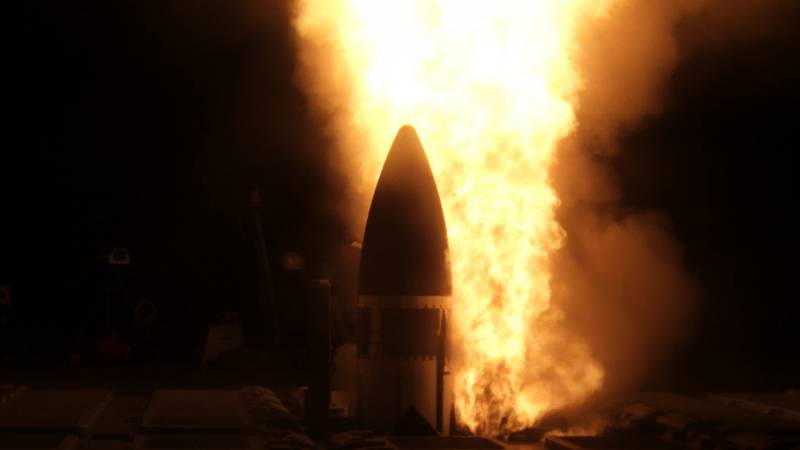
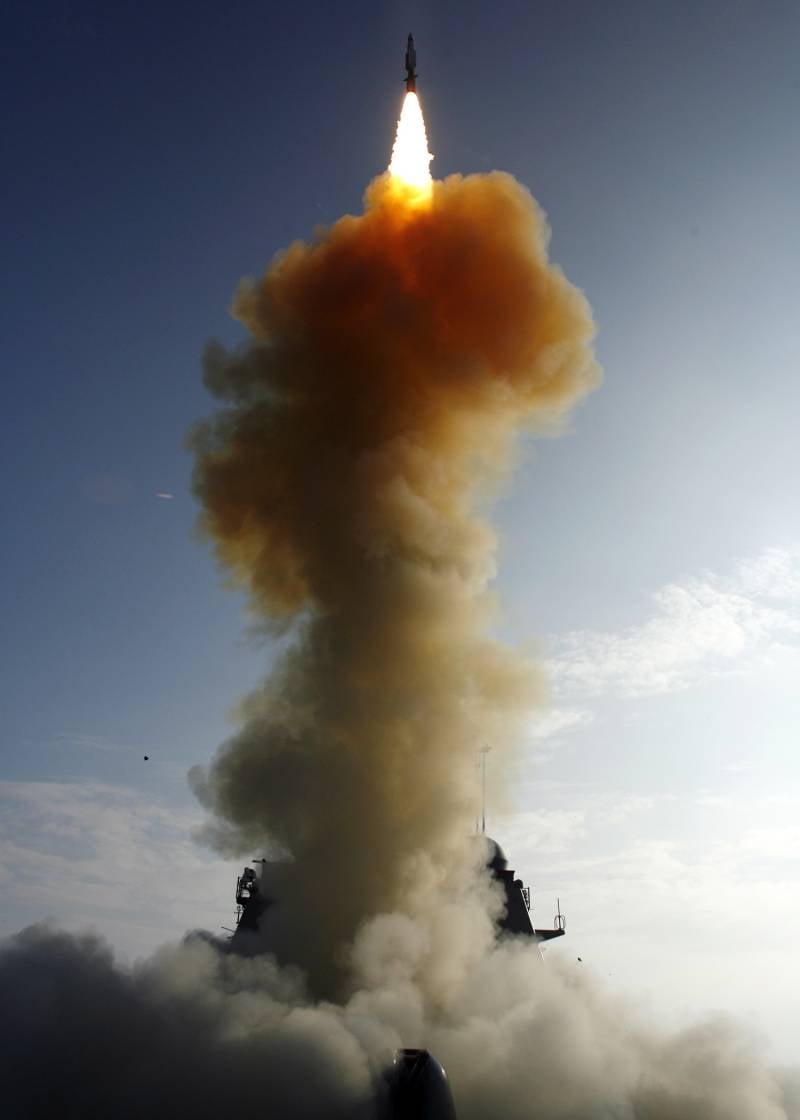
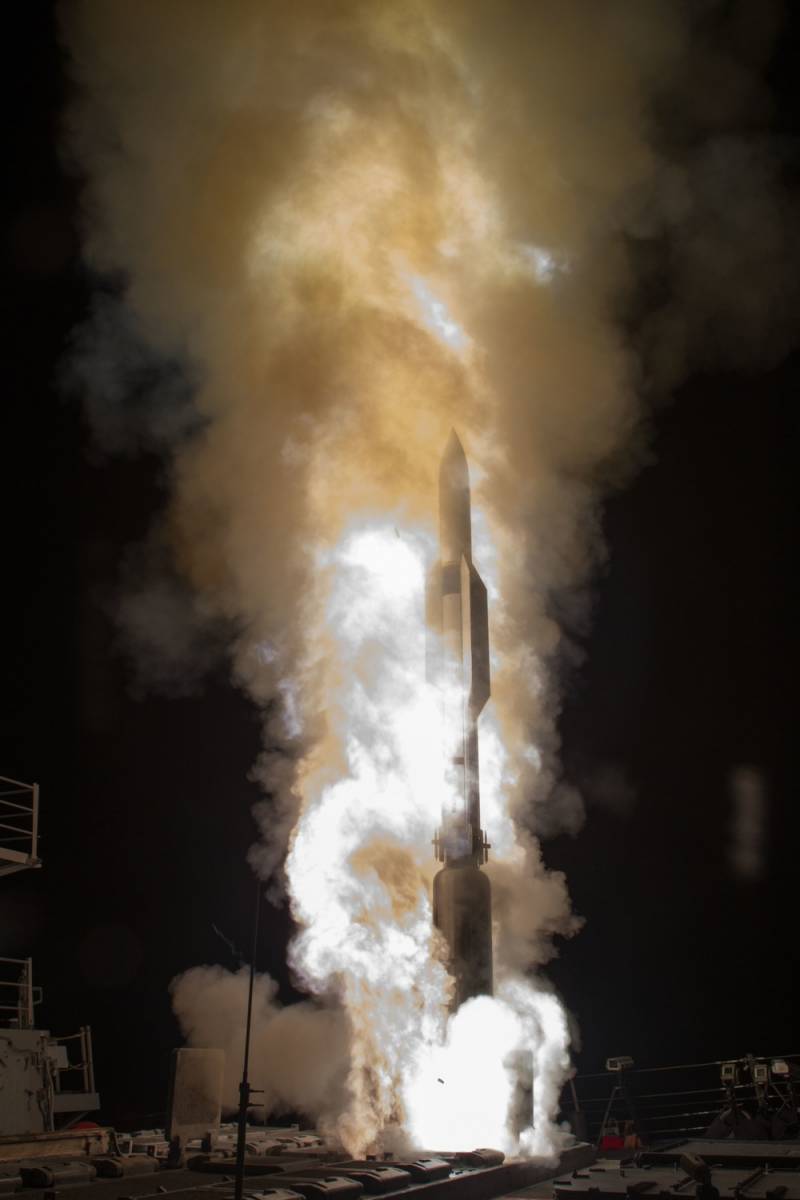
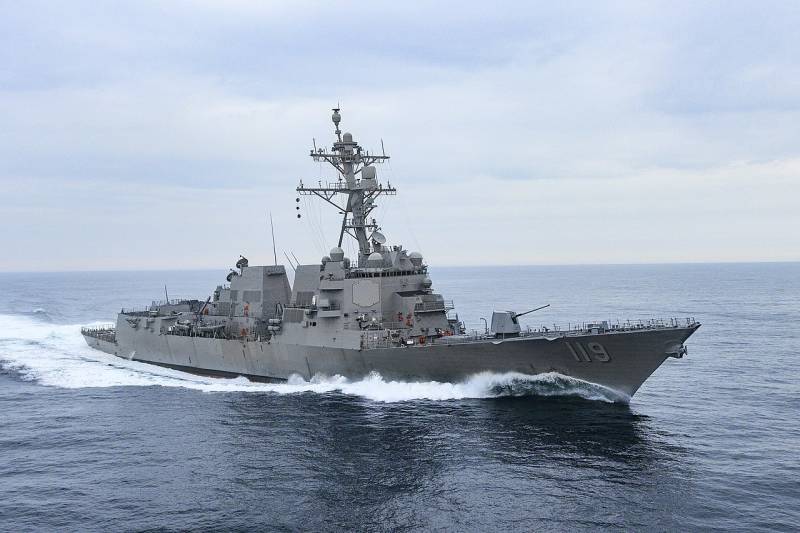
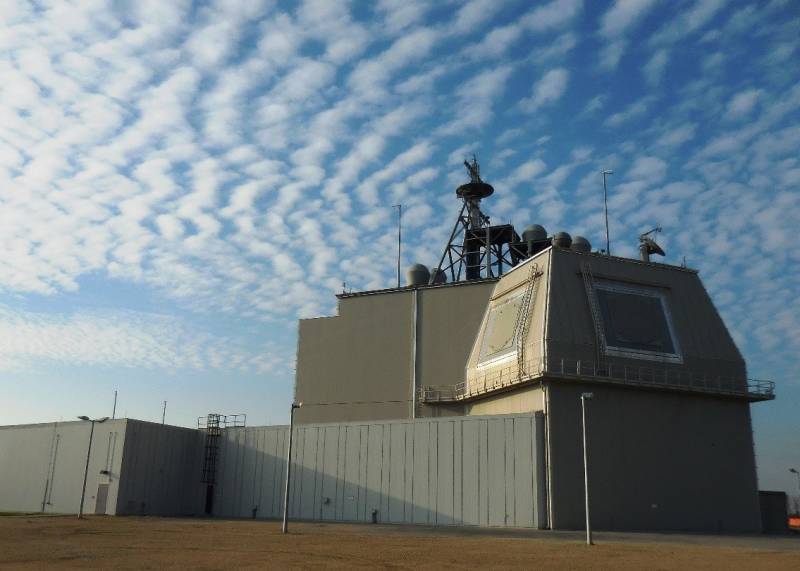
Information